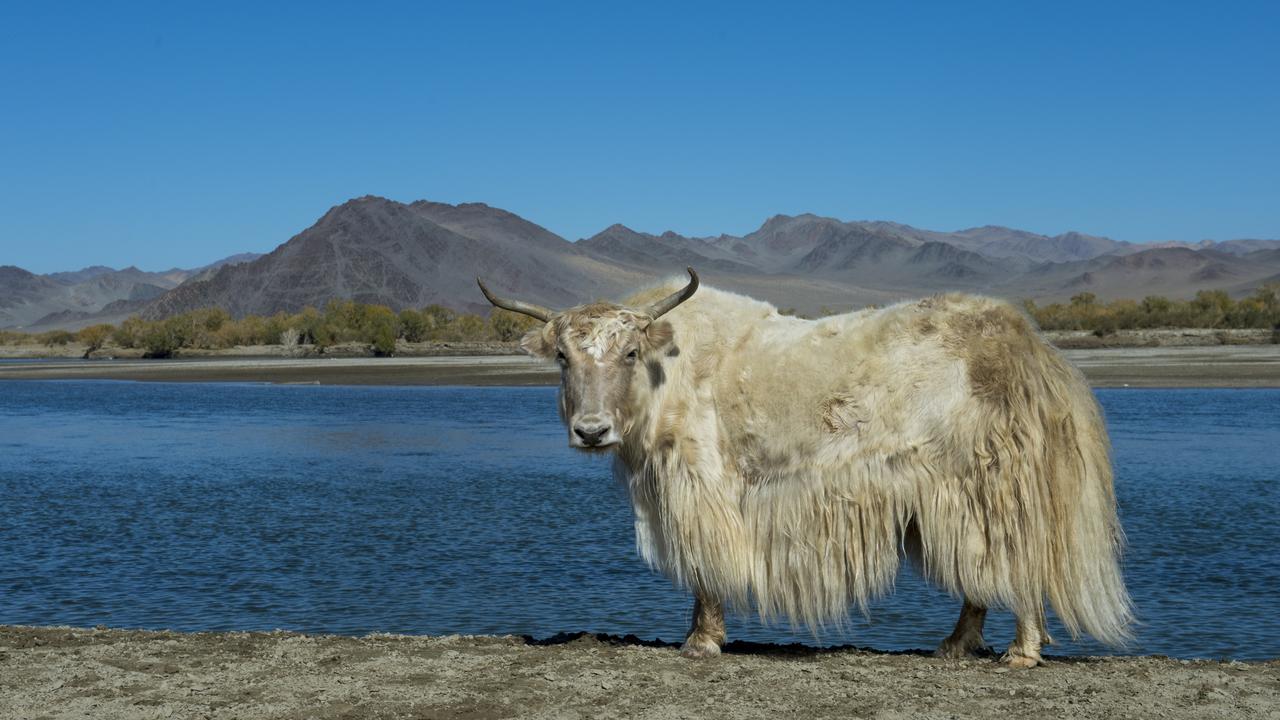Palms: a short guide to this productive plant family
It was a reader’s question to the Q&A column that got me thinking about which palm fruits we consume.
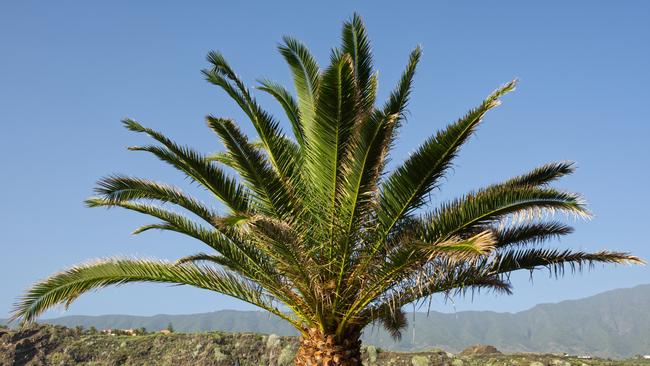
It was a reader’s question to the Q&A column asking if the fruit on her dwarf date palm was edible that got me thinking about which palm fruits we consume. While the answer is yes (but there’s not much flesh around the large seeds on Phoenix roebelenii), the bigger picture is that about 200 palm species worldwide are considered edible for their fruit, seeds, young leaves, oil, palm hearts or sweet sap.
Dates have been cultivated for thousands of years throughout the Middle East and North Africa. They are the dried fruit of the date palm Phoenix dactylifera, which grows in hot, dry regions and has male and female plants (only the females bear fruit). There are hundreds of varieties and the fruit can be eaten fresh – they taste part coconut, part nashi pear. We have a fledgling industry in Australia with potential to supply not just our own market but fresh dates to Middle Eastern buyers in their off-season, and Indonesia and Malaysia where the climate is unsuitable for local production.
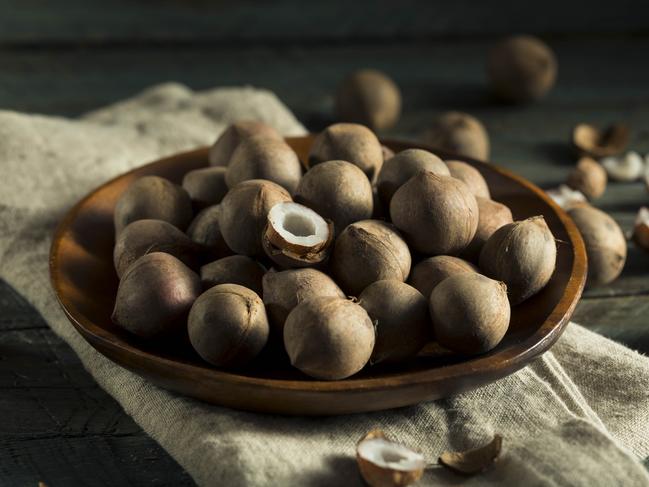
Its name sounds similar, but the imposing (often weedy) Canary Island date palm (P. canariensis) is not a source of dates – its fruit is not particularly tasty for humans. For delicious fruit, look to the jelly palm Butia capitata from South America. It bears clusters of golden, tropical-flavoured fruits on a stout-trunked tree with feathery, blue-grey fronds. The flesh is used in jams and jellies.
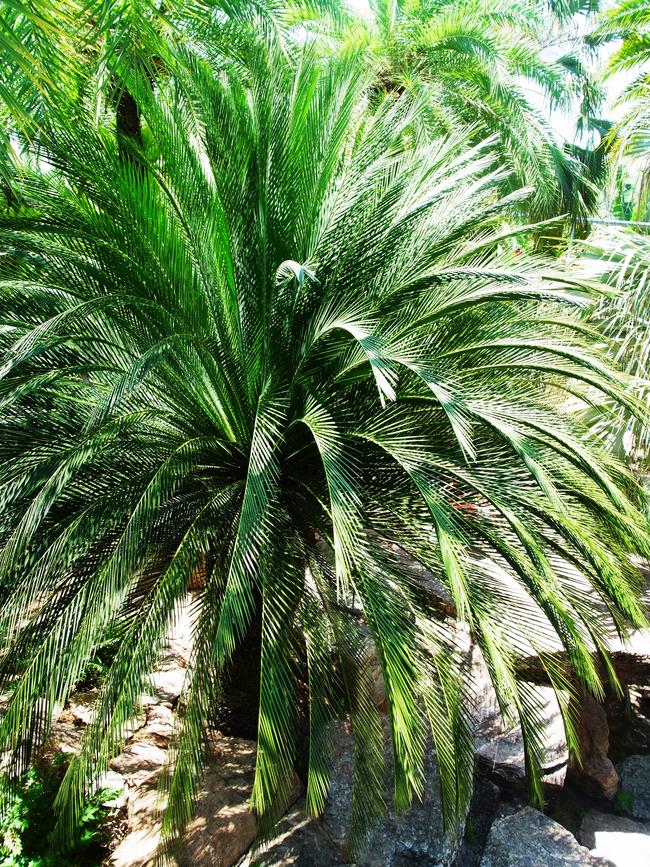
Coconuts come from Cocos nucifera, found in the tropics and subtropics. Coconut water is the liquid inside the full-size immature fruit. As the fruit matures, the liquid solidifies to form solid coconut “meat” that we shred or dessicate, or emulsify to make coconut milk and cream. Coconut oil comes from this meat too; when dried it’s called copra. Virgin coconut oil is produced from fresh, not dried, flesh.
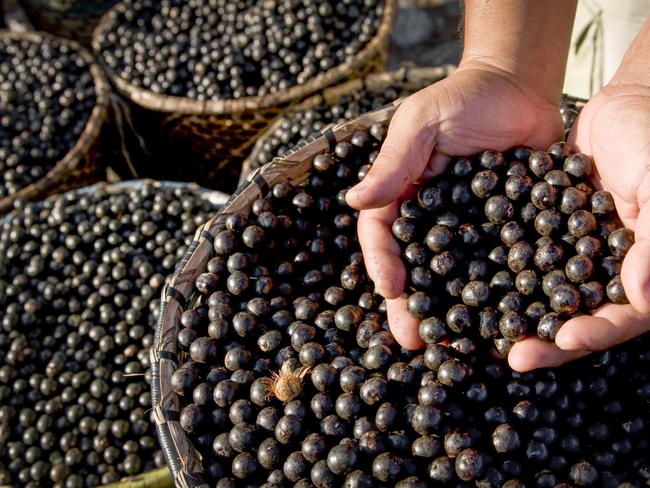
Palm oil is the world’s most consumed vegetable oil, pressed from the fleshy fruit and kernels of Elaeis guineensis, originally from equatorial Africa. It yields at least four times more oil per hectare than alternative vegetable oils; commercial plantations are a major driver of deforestation and habitat destruction.
The Chilean wine palm, Jubaea chilensis, is an impressive giant that tolerates cold. Inside the yellow, fleshy fruits are hard seeds called coquito nuts, which are like miniature coconuts with similar whitish flesh inside. The sweet sap drained from a felled trunk is fermented to make wine and boiled down to a syrup.
Good to know
Palm sugar comes from the sweet sap of the flower stalks of some species or the trunks of others
Sago comes from extracting the starchy pith in the trunks of mature sago palms
Young leaves of the cabbage tree palm Livistona can be a substitute for cabbage
Q&A
My tree dahlia is in full bloom; how and when can I give a piece to friends for their gardens? Deb Christiansen, Melbourne
Tree dahlias (Dahlia imperialis), up to 4m tall with large lilac flowers, are one of the joys of late autumn. In late winter, cut the bamboo-like stems to the ground. Propagate by placing stem sections with a couple of nodes in the ground or large pots, horizontally. They grow rapidly through spring and summer and should flower next autumn.
The flower clusters of my Ixora shrub die back or don’t open properly. They have ants, and a white growth like cotton wool. John Roche, by email
The white is probably mealybug, a sap sucker that is hard to eradicate. Ants feed on the sticky honeydew they secrete and protect them by fighting off mealybug predators – the ants don’t harm the plant. Spray with Eco-Neem mixed with Eco-Oil; repeat twice at fortnightly intervals.
Oxalis is coming up in the violet patch. How can I get rid of it? Sarah Svensson, Brisbane
If possible, smother this weed with newspaper covered with mulch. The numerous, tiny bulbils scatter with soil disturbance, so hand-weeding can make the problem worse. You can buy glyphosate (Roundup, Zero) in a wipe-on gel to target weeds.
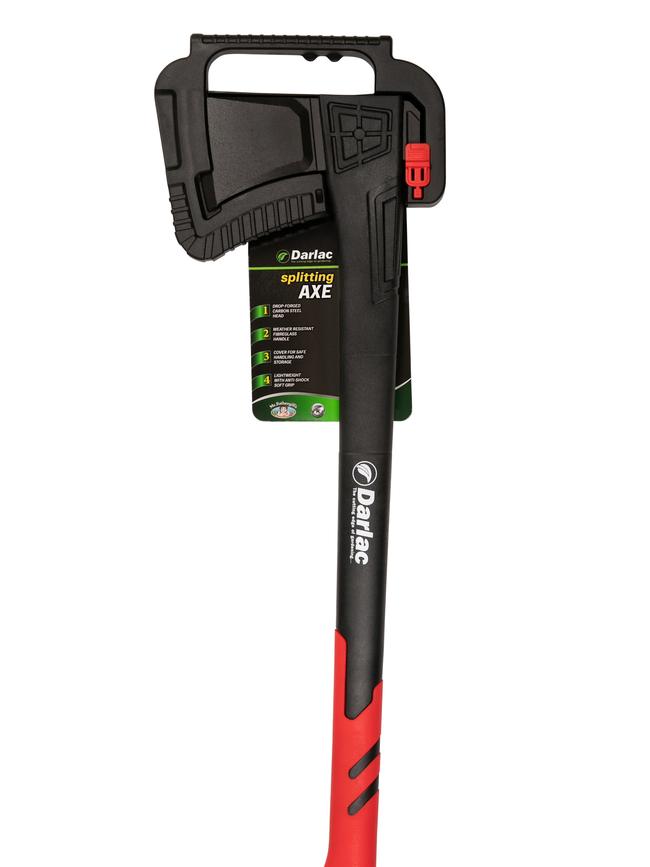
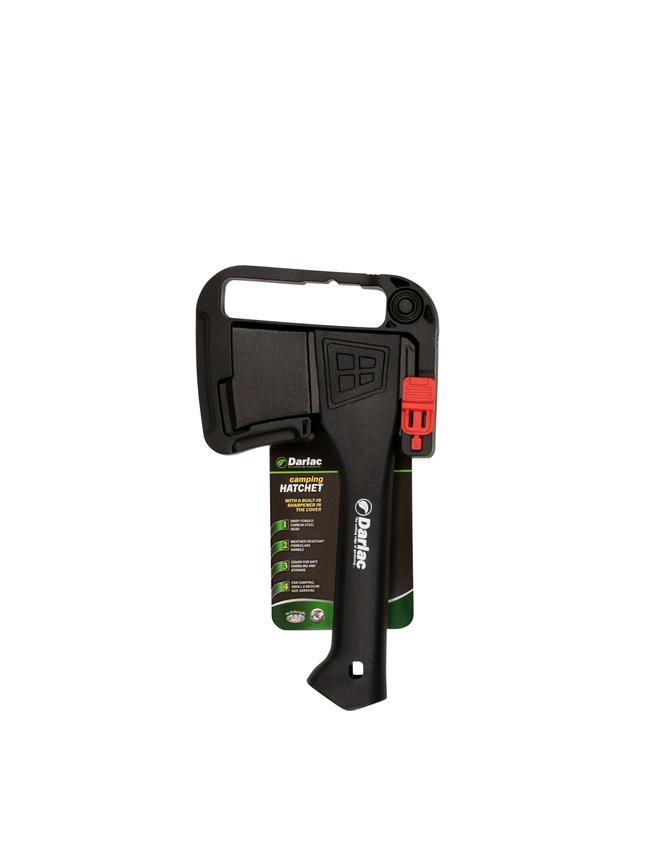
Send your questions to: helenyoungtwig@gmail.com or Helen Young, PO Box 3098, Willoughby North, NSW 2068. July’s best question wins a Darlac splitting axe ($99) and camping hatchet ($55) from mrfothergills.com.au. June’s winner is Carol Hill of Launceston for her question about eating fuchsia flowers.



